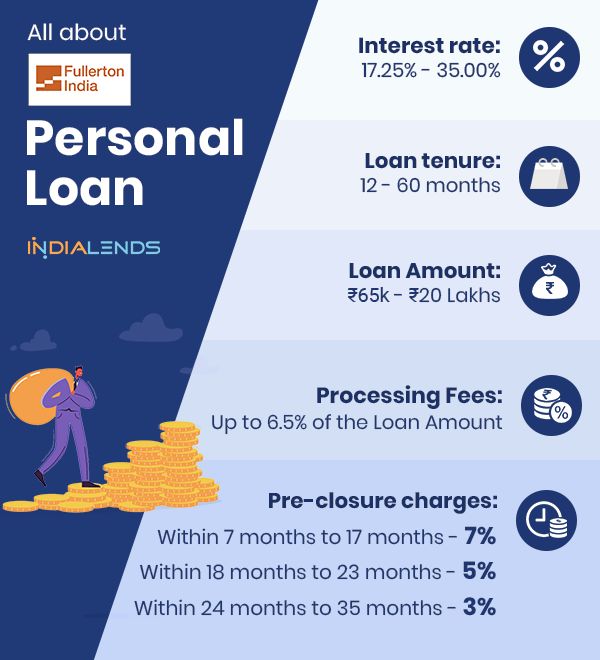
Understanding the Basics of Personal Loans
Personal loans are versatile financial tools that can be used for a variety of purposes, from consolidating debt to financing a major purchase or covering unexpected expenses. Understanding the basics of personal loans can help you make informed decisions about borrowing and managing your finances effectively. This article will explore what personal loans are, how they work, their benefits and drawbacks, and tips for obtaining and managing them.
What is a Personal Loan?
A personal loan is a type of installment loan provided by banks, credit unions, and online lenders. Unlike specific loans like mortgages or auto loans, personal loans can be used for almost any purpose. When you take out a personal loan, you receive a lump sum of money that you repay in fixed monthly installments over a set period, typically ranging from one to seven years.
Types of Personal Loans
- Unsecured Personal Loans: These loans do not require collateral. Approval and interest rates are primarily based on your creditworthiness and financial history.
- Secured Personal Loans: These loans require collateral, such as a savings account, certificate of deposit, or other valuable assets. They typically offer lower interest rates since the lender has a way to recover losses if you default.
- Fixed-Rate Loans: The interest rate remains the same throughout the loan term, making monthly payments predictable.
- Variable-Rate Loans: The interest rate can fluctuate based on market conditions, which means your monthly payments could vary.
How Do Personal Loans Work?
- Application: To apply for a personal loan, you need to provide personal and financial information, such as your income, employment status, and credit history. Lenders use this information to assess your ability to repay the loan.
- Approval: If your application is approved, the lender will offer you a loan amount, interest rate, and repayment term. You can choose to accept or decline the offer.
- Disbursement: Once you accept the loan offer, the lender disburses the funds into your bank account. This process can take anywhere from a few hours to a few days.
- Repayment: You repay the loan in fixed monthly installments, which include both principal and interest. The repayment period typically ranges from 12 to 84 months, depending on the loan terms.
Benefits of Personal Loans
- Flexibility: Personal loans can be used for a variety of purposes, such as consolidating debt, paying for medical expenses, financing home improvements, or covering unexpected costs.
- Predictable Payments: Fixed-rate personal loans have consistent monthly payments, making it easier to budget and plan your finances.
- Lower Interest Rates: Compared to credit cards, personal loans often have lower interest rates, especially if you have good credit.
- No Collateral Required: Unsecured personal loans do not require you to put up any assets as collateral, reducing your risk of losing valuable property.
Drawbacks of Personal Loans
- Interest Costs: While personal loans may have lower interest rates than credit cards, they can still be costly, especially if you have a longer repayment term or lower credit score.
- Fees: Some personal loans come with origination fees, prepayment penalties, or other charges that can add to the overall cost of borrowing.
- Credit Impact: Applying for a personal loan results in a hard inquiry on your credit report, which can temporarily lower your credit score. Additionally, missing payments can negatively affect your credit rating.
Tips for Obtaining and Managing Personal Loans
- Evaluate Your Needs: Before applying for a personal loan, consider whether it’s the best financial solution for your needs. Explore other options like savings, borrowing from friends or family, or using a credit card with a lower interest rate.
- Check Your Credit Score: A higher credit score can help you qualify for better interest rates and loan terms. Check your credit report for errors and work on improving your score if needed.
- Compare Lenders: Shop around and compare offers from multiple lenders to find the best interest rates, fees, and repayment terms. Consider both traditional banks and online lenders.
- Understand the Terms: Read the loan agreement carefully and make sure you understand the interest rate, repayment schedule, fees, and any penalties for early repayment or missed payments.
- Create a Repayment Plan: Budget for your monthly loan payments and make them a priority. Set up automatic payments to avoid missing due dates, which can help maintain your credit score.
- Avoid Overborrowing: Borrow only the amount you need and can afford to repay. Overborrowing can lead to financial strain and difficulty managing debt.
Conclusion
Personal loans can be a valuable financial tool when used wisely. They offer flexibility, predictable payments, and can be a more affordable alternative to high-interest credit cards. However, it’s essential to understand the terms, evaluate your financial situation, and choose the right lender to ensure that a personal loan is the best solution for your needs. By following these guidelines, you can make informed decisions and effectively manage your personal loan to support your financial goals.